Figures & data
Table 1. Previous review papers on meta-heuristics in logistics and SCM.
Figure 1. Publishing trend in the area of meta-heuristic-based solution approaches in forward SSCM.

Figure 2. Distribution of publications by journals.
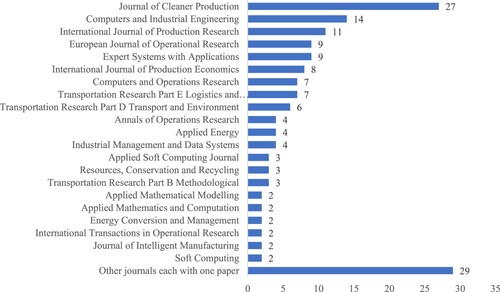
Figure 3. Selected categories to classify and analyze the literature of interest.
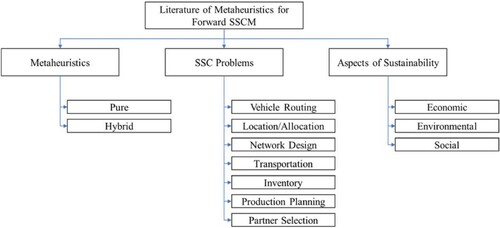
Figure 4. Distribution of the top-ten meta-heuristics used in the reviewed literature.

Figure 5. Combination of algorithms used in the literature to craft hybrid single-objective meta-heuristics. Figure (5-a). Hybridisation between common and more used meta-heuristics. Figure (5-b). Combination between common meta-heuristics and other algorithms.
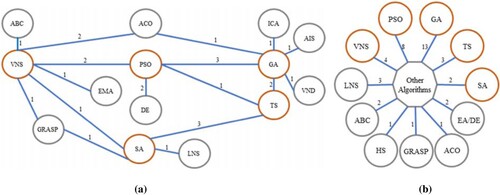
Figure 6. Combination of algorithms used in the literature to build hybrid multi-objective metaheuristics.

Figure 7. Matheuristic algorithms used in the reviewed literature.
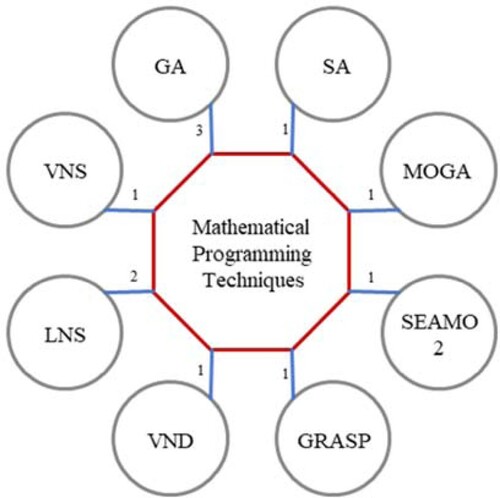
Table 2. Classification of meta-heuristics for forward SSCM and related number of algorithms used in each class.
Table 3. Type and number of algorithms used for each category of problems.
Table 4. Full list of sustainability indicators considered in the reviewed literature.
Figure 8. Distribution of papers over sustainability categories (based on Carter and Rogers (Citation2008)).

Figure 9. Evolution of two most-noticed categories of sustainability in the reviewed literature.
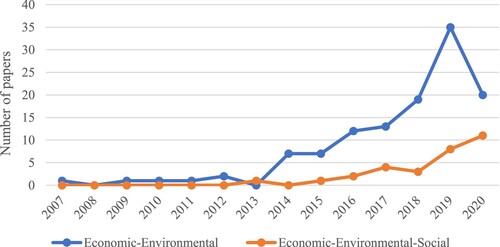
Table 5. Type and number of meta-heuristics used for each category of problems and aspects of sustainability.
Figure 10. Trend of the meta-heuristics used in the reviewed literature over the last five years. Figure (10-a). Trend of five leading single-objective meta-heuristics over the last five years. Figure (10-b). Trend of two major multi-objective meta-heuristics over the last five years.
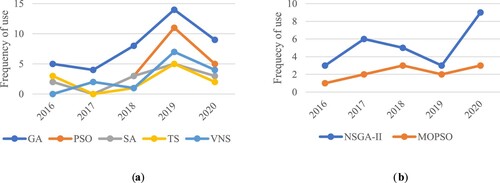
Figure 11. Trend of pure and hybrid meta-heuristics used in the reviewed literature over years.
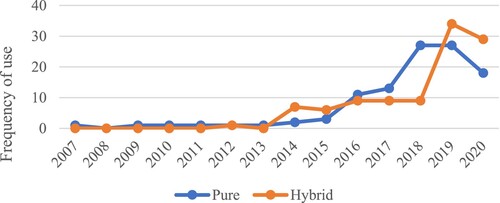
Figure 12. Trend of the six most-addressed problems in the reviewed literature over years.
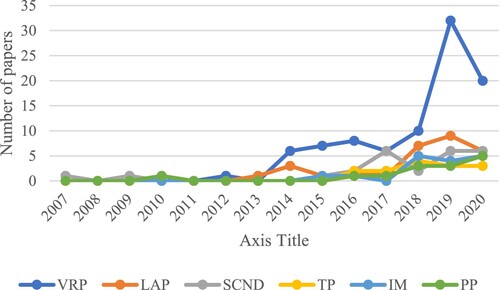
Figure 13. Number of papers using single-objective and multi-objective meta-heuristics to solve models considering economic-environmental and economic-environmental-social issues.
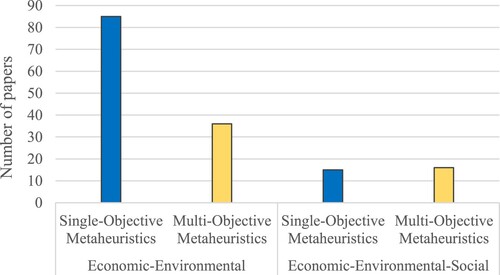
Data availability statement
The authors confirm that the data supporting the findings of this study are available within the article and its supplementary materials.
